Rising confidence in Europe also boosts demand for KfW bonds
Press Release from 2025-07-02 / KfW, Investor Relations
Rising confidence in Europe also boosts demand for KfW bonds
- KfW confirms refinancing volume of EUR 65 to 70 billion for 2025
- KfW bonds are currently benefiting from increasing international demand
- No sooner said than done: Digital learning journey continues
- High green bond volumes testify to KfW's strong commitment as a climate financier
In an environment characterised by global trade tensions and geopolitical crises, KfW raised the equivalent of EUR 50.3 billion in the first half of 2025 to refinance its business activities on the international capital markets. This is already a significant part of its refinancing volume of 65 to 70 billion euros announced for 2025.
In view of the increasingly improving outlook for the German and European economy, the development bank expects to raise funds of around 70 billion euros for 2025 as a whole, and consequently plans to issue bonds of up to 20 billion euros equivalent in the second half of the year, including further green bonds.
KfW's broad international positioning benefits it from investors
Overall, Europe and KfW enjoy great trust among international investors who are looking for liquid investment alternatives from top-rated issuers such as KfW in various currencies. KfW bonds are considered a 'safe haven' investment.
"The brightening mood and more positive growth forecasts for Europe are also reflected in the increased interest of international investors in bonds issued by European issuers. In the EUR market, this is certainly also an effect of the expiry of central bank purchases in the context of quantitative easing (QE) and thus increased demand from institutional investors,"
explains Tim Armbruster, Treasurer of KfW Group.
"For some time now, we have been observing that investors are increasingly diversifying into different currencies – KfW can participate in this in particular with its liquid bonds. In the USD market in particular, this is reflected in a tightening of spreads against US Treasuries,"
explains the KfW Treasurer.
In the USD market, KfW has taken advantage of this momentum and has already issued four USD benchmark bonds with a nominal volume of USD 14 billion in the first half of the year. Most recently, it had launched a USD benchmark bond with a spread of only 4 basis points over US government bonds. Its total USD refinancing of $15.5 billion has accounted for about 28% of its borrowing so far this year.
In addition to the European home currency, which, as usual, accounted for the majority of refinancing in the first half of the year with net proceeds of EUR 27 billion (around 54%), as well as bonds denominated in US dollars, KfW was active in seven other foreign currencies. Particularly noteworthy here are the Hong Kong dollar (HKD), which contributed the equivalent of more than EUR 1 billion to the total refinancing in the first half of the year with a record value of more than EUR 1 billion, and the Swiss franc (CHF), which made a successful comeback in the KfW currency portfolio in February of this year after a break of more than 15 years thanks to favourable market conditions and positive investor feedback.
KfW plays an active role in shaping the European digital capital market
In the area of digitalisation, KfW is continuing its learning journey in another jurisdiction. In June, for example, it issued a second CHF transaction, this time as a digital bond. This is listed on the Swiss Stock Exchange (SIX) and is settled in digital Swiss francs, i.e. a so-called wholesale CBDC (Central Bank Digital Currency) via a blockchain. SDX, the digital infrastructure platform operated by SIX, provides the necessary technological basis for this. Investors have the option of subscribing to and trading the bond in the classic way or in wholesale CBDC.
The issuance of the digital CHF bond is part of a series of previous digital capital market initiatives with which KfW had generated a lot of attention in recent months.
Most recently, KfW first appeared as an investor in a blockchain-based Pfandbrief in the secondary market in April of this year in order to make a targeted contribution to the development of liquidity for DLT-based securities. This is because the currently very limited liquidity of the still young market of crypto securities significantly limits the scaling potential of the segment.
As a global player, the scalability of digital approaches is very important to KfW. In this sense, the eligibility of DLT-based securities would also be helpful, so that they can be used for repo transactions, for example. In addition, issuers of DLT-based securities in euros want the technological possibility of being able to settle these securities in central bank money, because without the connectivity between security and the money side, the settlement process of such securities cannot be scaled.
"In this sense, we consider yesterday's publication by the ECB to be positive, as the concretization of the timeline for the short-term solution "Pontes" as well as the announcement of further experiments and trials up to the pilot phase at the end of Q3 2026 are valuable signals for the market. The continuation of the dialogue between the ECB/Eurosystem and the market on proven formats such as contact groups between the ECB/Eurosystem and the market continues to be positive, as this creates the basis for the development of market-oriented solutions,"
explains Tim Armbruster.
In the area of central register securities, scaling is already progressing with great strides. So far this year, KfW has issued 36 individual transactions with a volume of around EUR 16 billion as central register securities based on the eWpG via Deutsche Börse's digital re-trading platform D7, resulting in a total volume of over EUR 24 billion since 2024.
All of KfW's digital transactions are motivated by the bank's overarching goal of leveraging efficiencies, advancing the competitiveness of the German and European financial markets and contributing to the development of a digital financial ecosystem.
'Green Bonds – Made by KfW' - there's still 'something...
In addition to digitalisation, the topic of 'sustainable finance' remains a core element in KfW's strategic orientation. The bank is therefore consistently continuing its activities as one of the world's largest climate finance providers. KfW links suitable financing activities to its green bonds – Made by KfW, where it is also one of the world's largest issuers.
Recently, KfW exceeded the equivalent of 90 billion euros in cumulative green bond issues. In the first half of 2025 alone, it generated net proceeds of the equivalent of 9.5 billion euros through the issuance of green bonds in 7 different currencies. KfW thus shows continuity in its green bonds, whereas the total issue volume of green bonds at international level fell by around 18% compared to the same period last year.
"Although we have already almost reached our green bond target of EUR 10 billion set for 2025, we are also planning further green bond issues for the second half of the year, depending on the available assets. We are thus underlining our ongoing commitment to mobilising capital market funds specifically for the financing of green projects,"
explains Petra Wehlert, Head of Capital Markets at KfW.
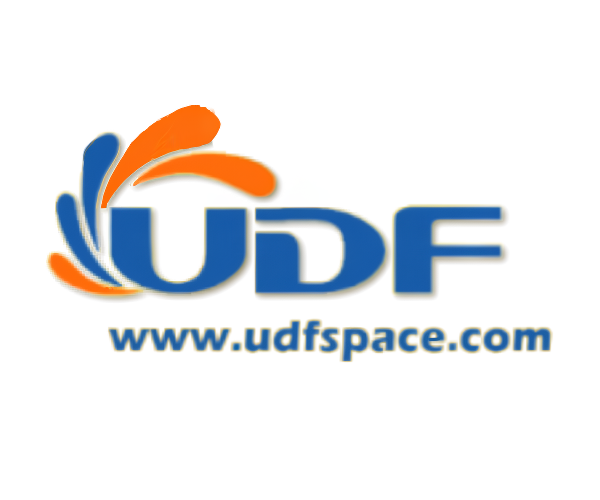







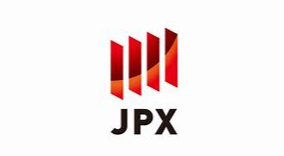

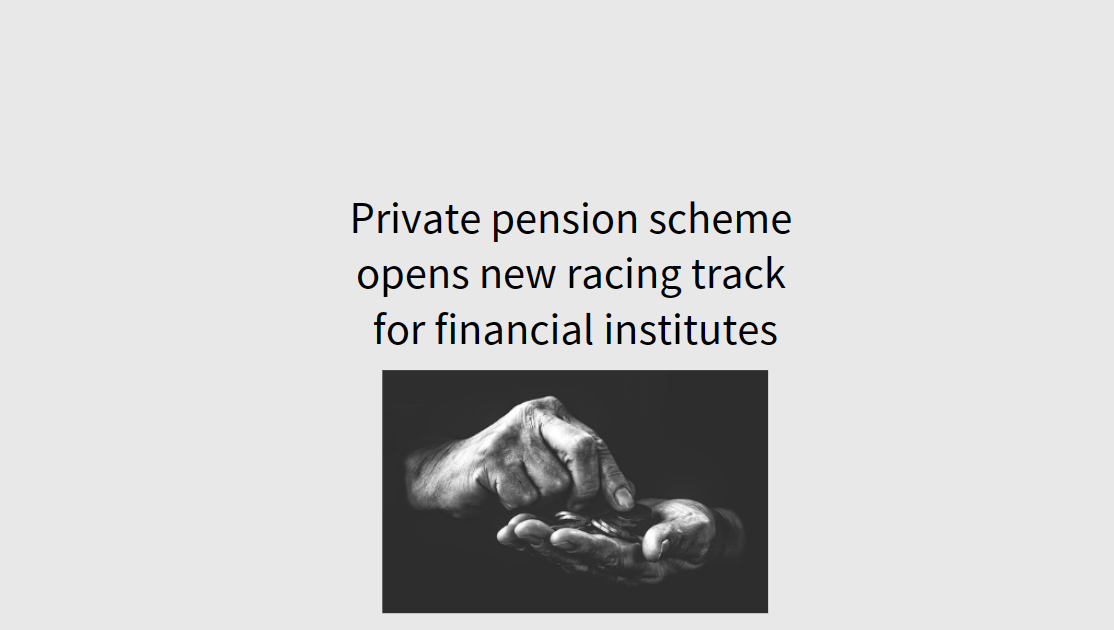
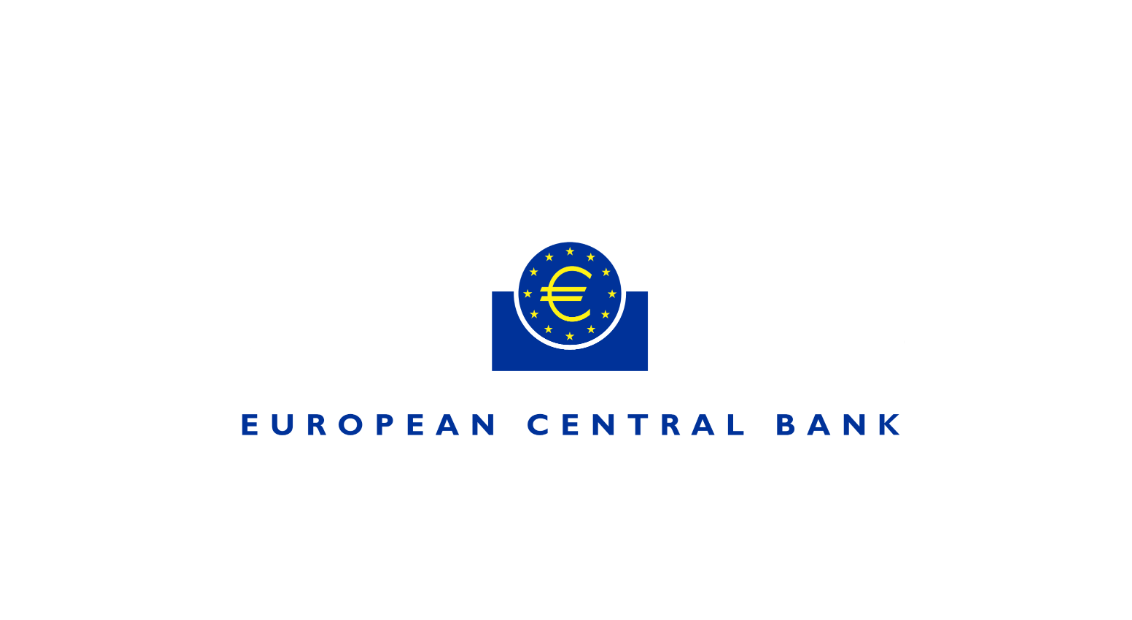
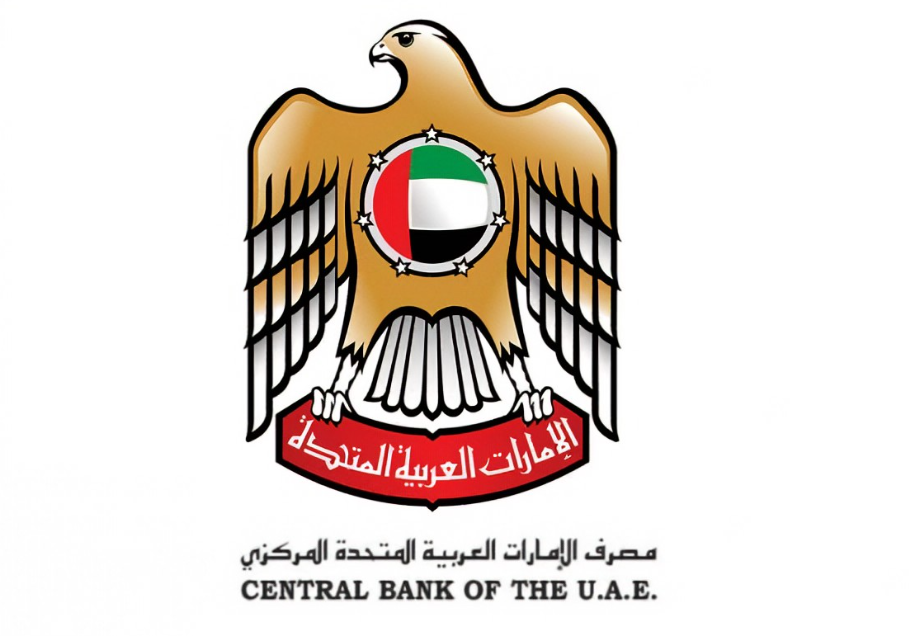
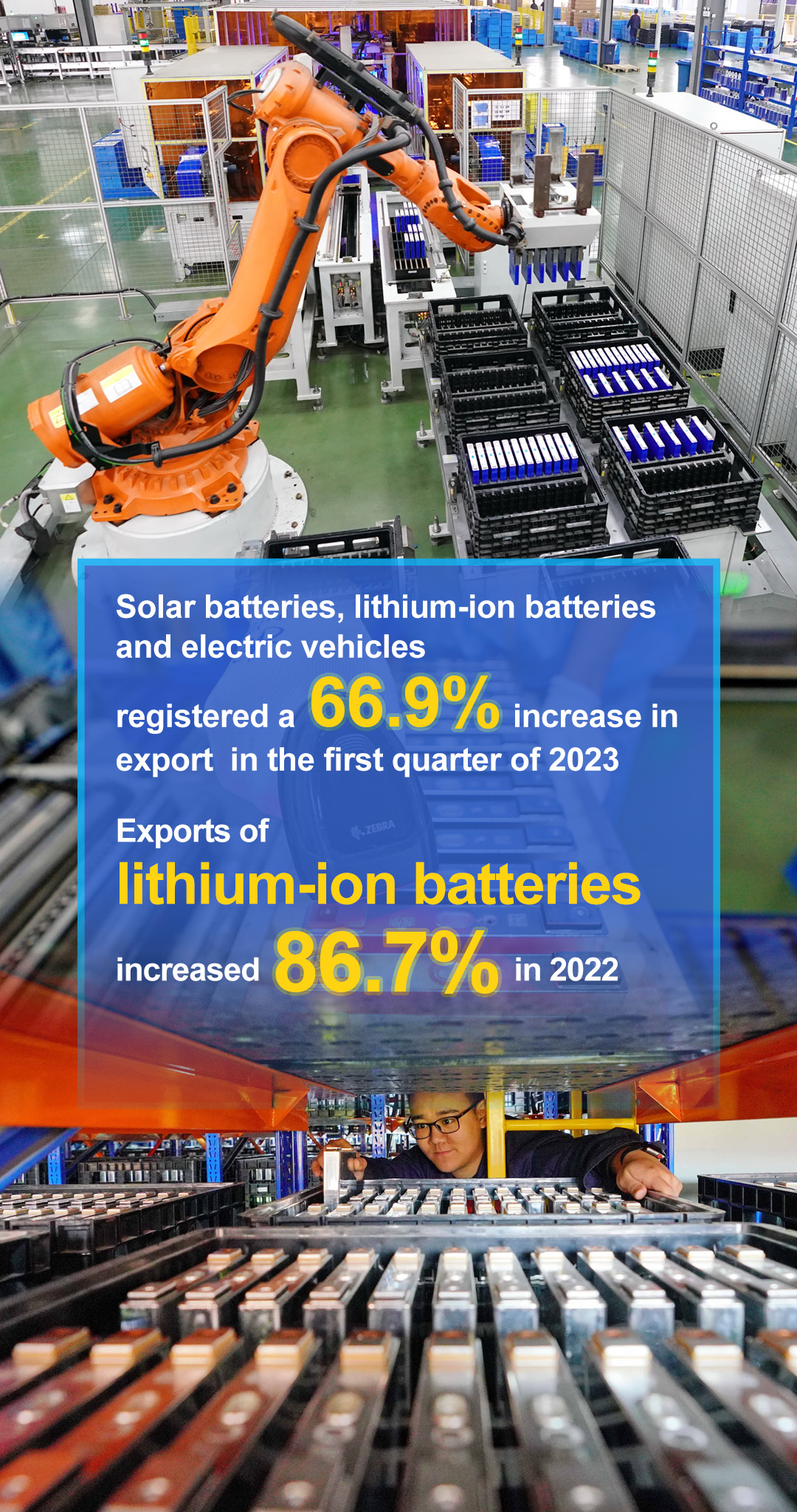
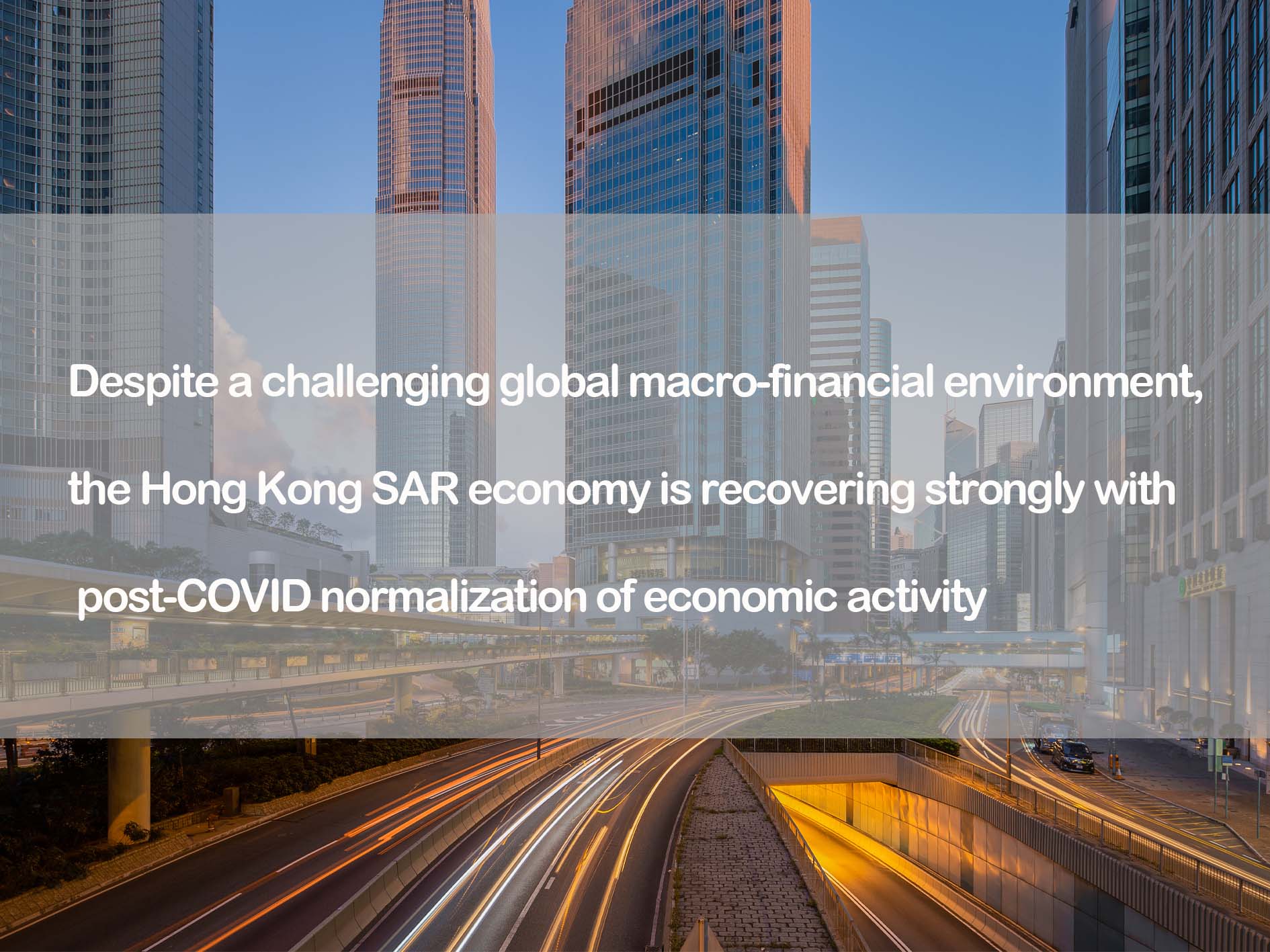


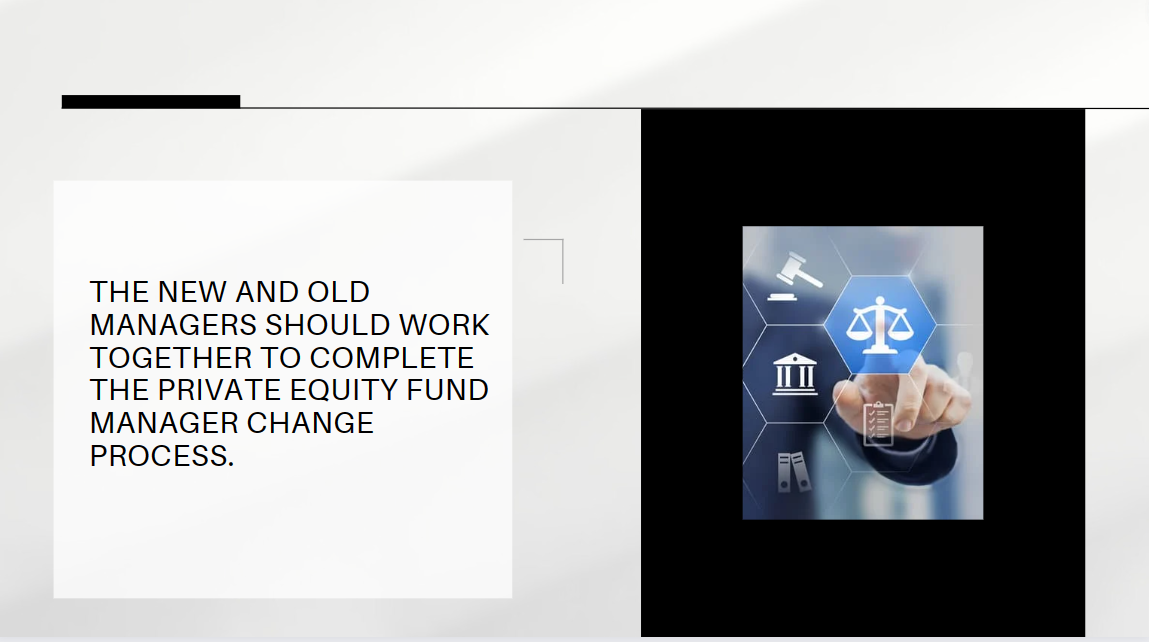
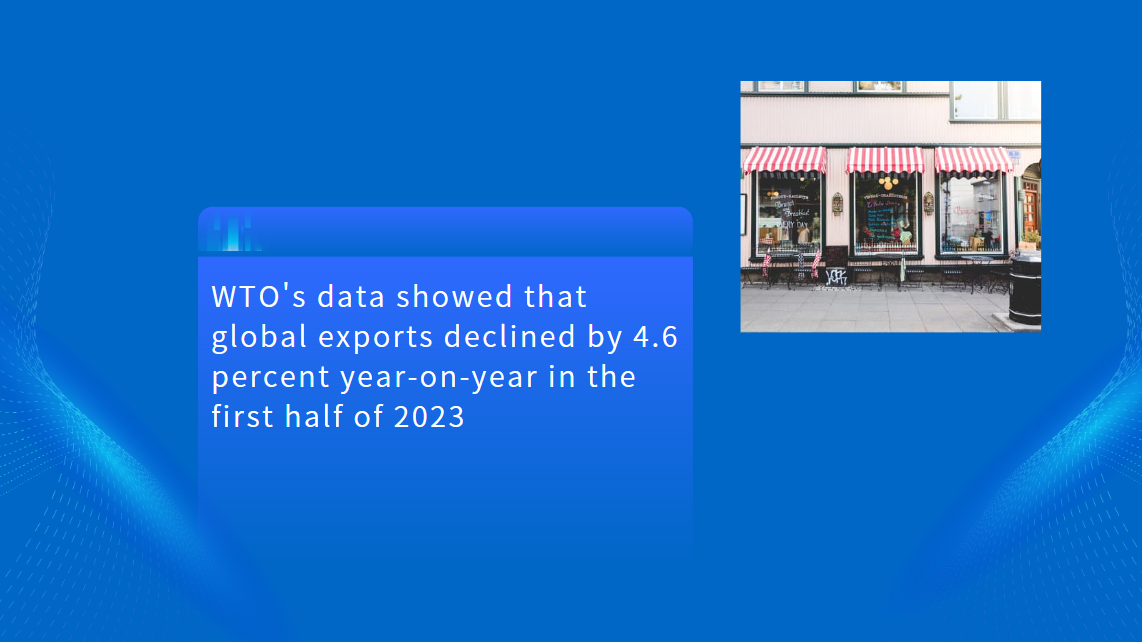
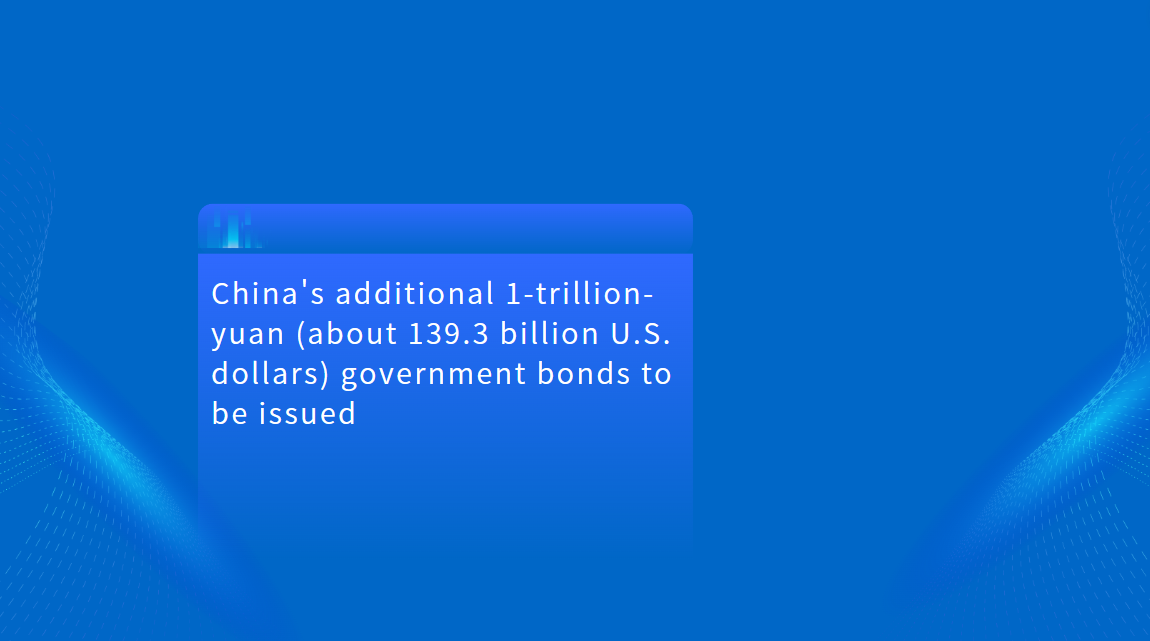


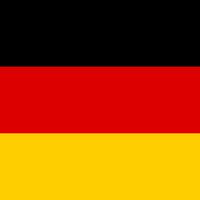
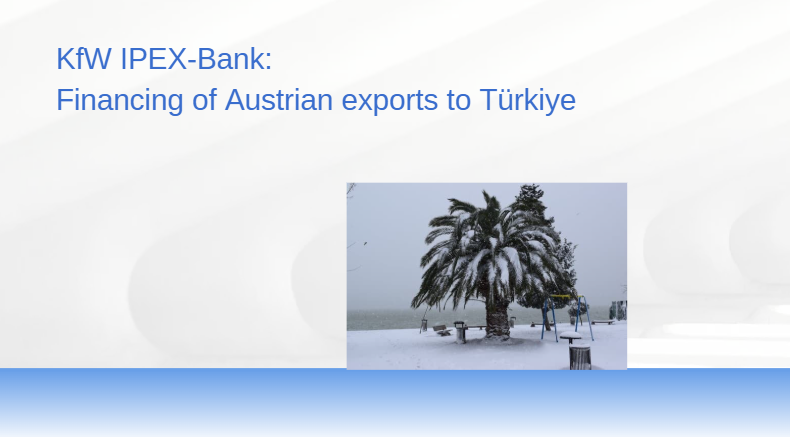
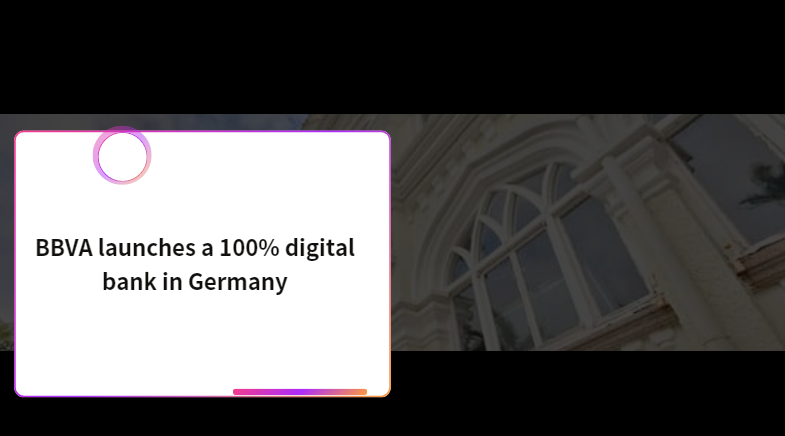
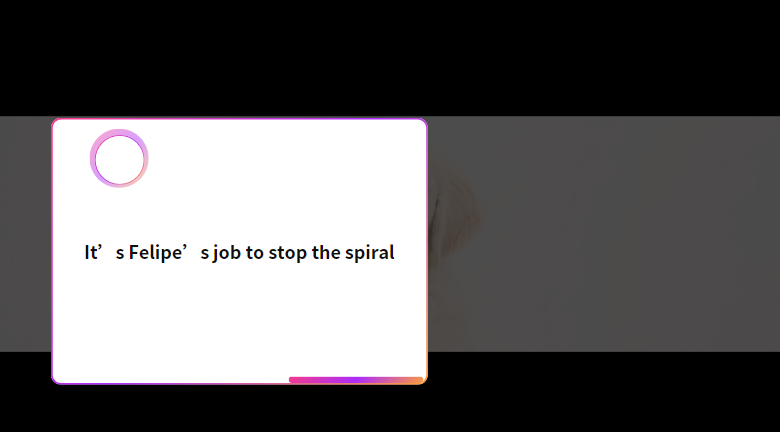


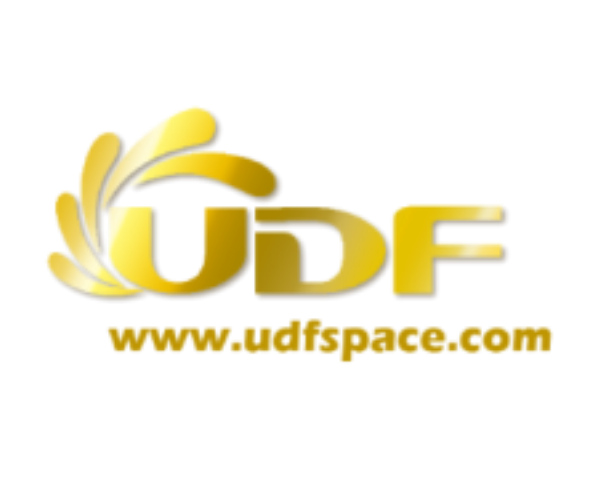









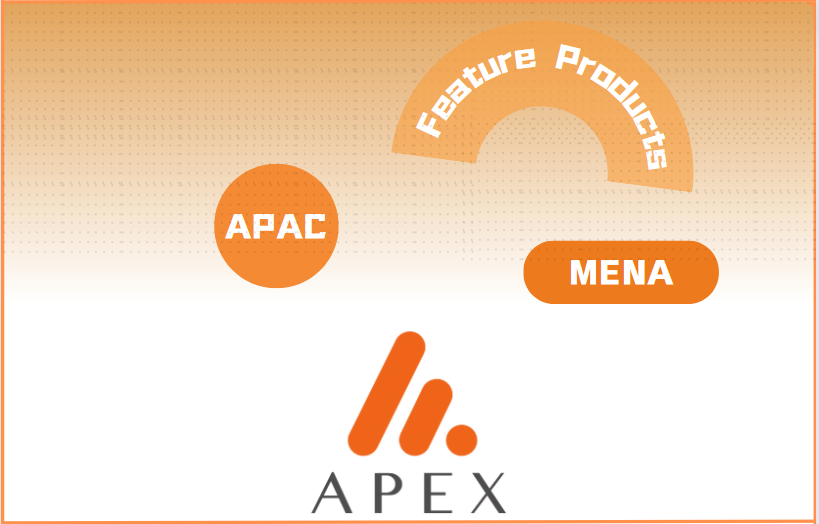
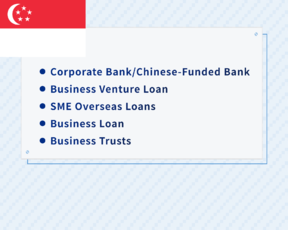













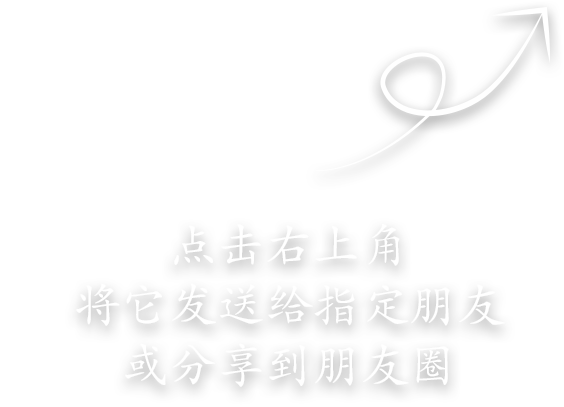
First, please LoginComment After ~